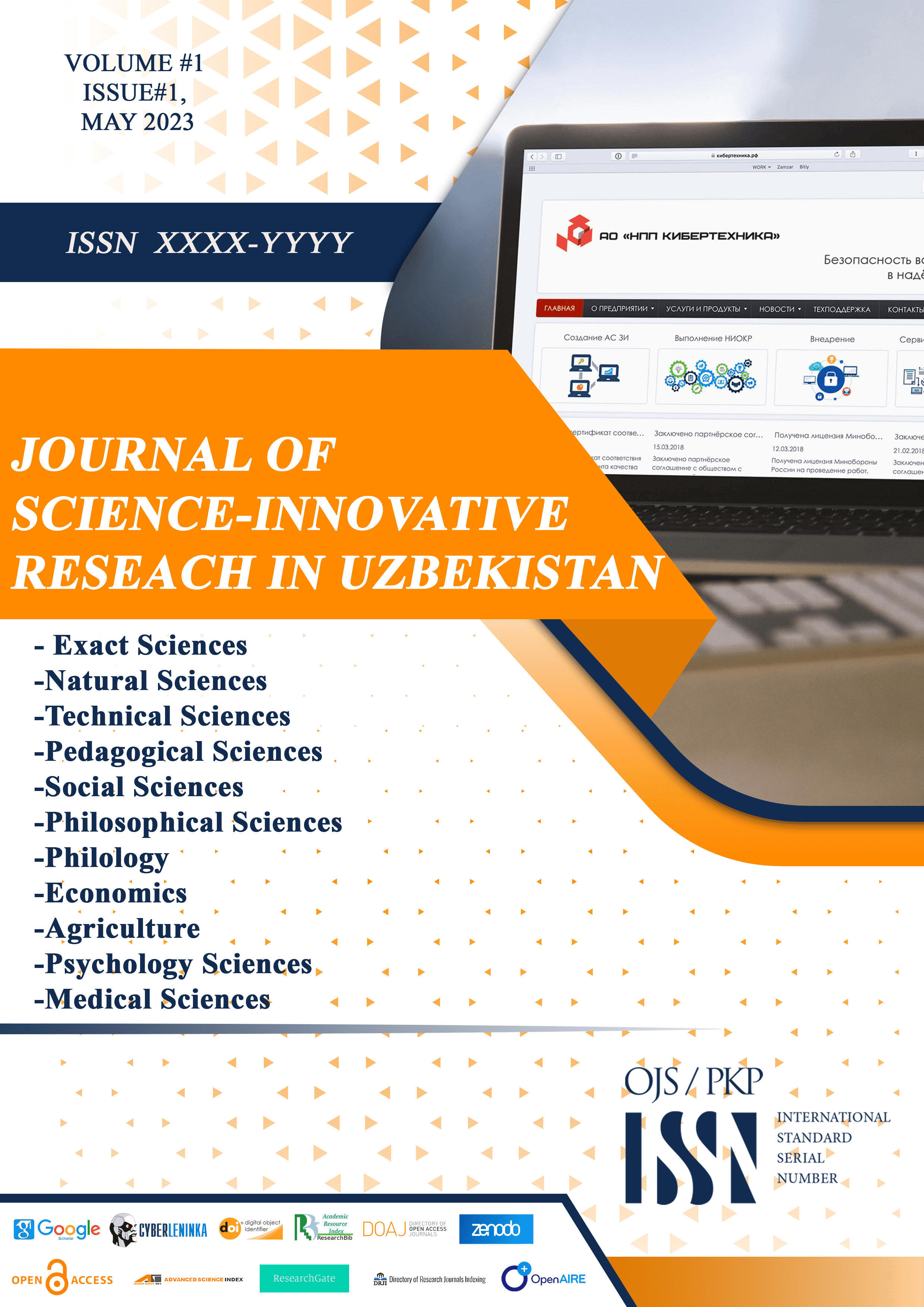Abstract
Эктодермальная ангидротическая дисплазия (ЭАД), также известная как синдром Криста-Сименса-Турена, является редким наследственным заболеванием, характеризующимся нарушением развития структур эктодермального происхождения. В данной статье представлен обзор современных научных данных об этиологии, патогенезе, клинических проявлениях, диагностике и методах лечения ЭАД. Проведен анализ генетических и молекулярных механизмов, лежащих в основе развития заболевания. Описаны основные клинические признаки ЭАД, такие как гипо- или ангидроз, гипотрихоз и гиподонтия.
References
Pinheiro M., Freire-Maia N. Ectodermal dysplasias: a clinical classification and a causal review. Am J Med Genet. 1994; 53(2): 153-162. 2. Wright J.T., Grange D.K., Fete M. Hypohidrotic Ectodermal Dysplasia. 2003 Apr 28 [Updated 2017 Jun 1]. In: Adam MP, Ardinger HH, Pagon RA, et al., editors. GeneReviews® [Internet]. Seattle (WA): University of Washington, Seattle; 1993-2021.
Kere J., Srivastava A.K., Montonen O., et al. X-linked anhidrotic (hypohidrotic) ectodermal dysplasia is caused by mutation in a novel transmembrane protein. Nat Genet. 1996; 13(4): 409-416.
Itin P.H. Ectodermal dysplasia: thoughts and practical concepts concerning disease classification - the role of functional pathways in the molecular genetic diagnosis. Dermatology. 2013; 226(2): 111-114. 5. Dietz J., Kaercher T., Schneider A.T., et al. Early respiratory and ocular involvement in X-linked hypohidrotic ectodermal dysplasia. Eur J Pediatr. 2013; 172(8): 1023-1031.
Wohlfart S., Hammersen J., Schneider H. Hypohidrotic ectodermal dysplasia: a systematic review of clinical features and diagnostic scoring. J Eur Acad Dermatol Venereol. 2021; 35(5): 1017-1030. 7. Schneider H., Hammersen J., Preisler-Adams S., et al. Sweating ability and genotype in individuals with X-linked hypohidrotic ectodermal dysplasia. J Med Genet. 2011; 48(6): 426-432. 8. Kere J., Srivastava A.K., Montonen O., et al. X-linked anhidrotic (hypohidrotic) ectodermal dysplasia is caused by mutation in a novel transmembrane protein. Nat Genet. 1996; 13(4): 409-416. 9. Mikkola M.L. Molecular aspects of hypohidrotic ectodermal dysplasia.
Am J Med Genet A. 2009; 149A(9): 2031-2036. 10. Cui C.Y., Schlessinger D. EDA signaling and skin appendage development. Cell Cycle. 2006; 5(21): 2477-2483. 11. Vincent M.C., Biancalana V., Ginisty D., et al. Mutational spectrum of the ED1 gene in X-linked hypohidrotic ectodermal dysplasia. Eur J Hum Genet. 2001; 9(5): 355-363.
Mikkola M.L., Thesleff I. Ectodysplasin signaling in development.
Cytokine Growth Factor Rev. 2003; 14(3-4): 211-224. 13. Sadier A., Viriot L., Pantalacci S., et al. The ectodysplasin pathway: from diseases to adaptations. Trends Genet. 2014; 30(1): 24-31. 14. Chassaing N., Bourthoumieu S., Cossee M., et al. Mutations in EDAR account for one-quarter of non-ED1-related hypohidrotic ectodermal dysplasia.
Hum Mutat. 2006; 27(3): 255-259. 15. Cluzeau C., Hadj-Rabia S., Jambou M., et al. Only four genes (EDA1, EDAR, EDARADD, and WNT10A) account for 90% of hypohidrotic/anhidrotic ectodermal dysplasia cases. Hum Mutat. 2011; 32(1): 70-72. 16. Bal E., Baala L., Cluzeau C., et al. Autosomal dominant anhidrotic ectodermal dysplasias at the EDARADD locus. Hum Mutat. 2007; 28(7): 703-709.

This work is licensed under a Creative Commons Attribution 4.0 International License.

